I believe that everyone did an interesting experiment when they went to school. They rolled the thick cardboard into a small tail and a small cone. Then they leaned against the cone of the paper tube and uttered a very interesting phenomenon: that is Facing the straight position of the paper tube, the volume of the speech that was heard became larger and clearer.
Why is there a horn?

Everyone is accustomed to this phenomenon, and it is naturally regarded as part of common sense and is actually used in life. For example, if we call people away from each other, we will naturally close our hands together to form a horn on our mouth, so that our voices will look more magnificent and the opposite person will hear more clearly. It is because of the simple physical principle that not only allows the sound to travel farther, but also allows the horn to project a more concentrated sound and a louder volume. This is the most basic benefit of the horn.
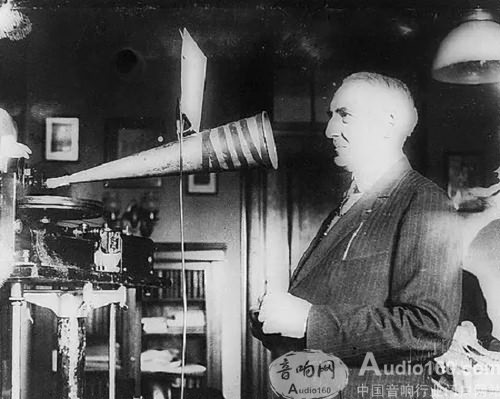
In fact, the predecessors have long mastered the benefits of the horn. The invention of the king "Edison" used his phonograph to pick up the sound signal from the engraving of the wax cylinder with the bamboo needle fixed on the sounding diaphragm. The vibration is transmitted to the small sound. Diaphragm, without the horn installed, the ear is placed next to the diaphragm to hear the tiny sound of the cymbal. When a horn is placed on the diaphragm jacket, the volume immediately increases by several times, not only the volume. Big, it also expands the bandwidth to make the whole room full of music. Therefore, the big horns we see now on the old phonographs are the horns.
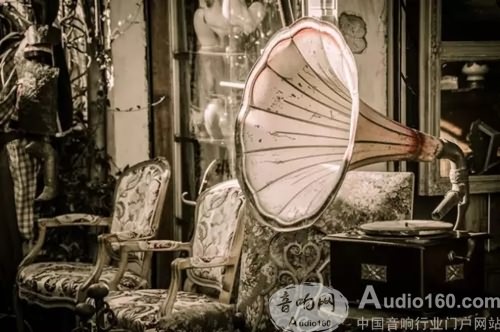
In the era of electroacoustic amplification, the first application of horn technology to commercialization was American speaker designer Paul Klipsch, who was hailed as a pioneer in the development of horn loudspeakers . His experiments showed that after the speaker unit was fitted with a suitable horn, Because the impedance of the air pressure is well matched, the efficiency of the sound can be greatly increased by 10 times or even 50 times. This means that to achieve the same sound pressure, the horn technology can greatly reduce the amplitude of the diaphragm of the speaker unit. The lower speaker unit can achieve lower distortion and more linear performance in small amplitude motion. In terms of one-sided acoustic characteristics, the use of the horn is to increase the upper limit of the maximum sound pressure, reduce distortion, increase the dynamic range, and control the diffusion angle of the sound. For users using low-power tube amps, the efficiency of the horn is generally They are all very high, so only a few watts of tube amps, such as 300B, 2A3, etc., can also enjoy the fun of bursting music listening. This is one of the most important reasons why horn horns are still popular with audio fans.

Paul Klipsch is an acoustic scientist who works hard on horns and uses scientific experimental data to prove the benefits of horns. His experiment was carried out by testing a speaker unit in the anechoic chamber, inputting two different frequency sinusoidal signals to the unit with a power amplifier, and then using a spectrum analyzer to test the unit at the same volume, plus The difference between the horn and the horn before and after the horn. The results of this experiment were published in the journal AES (Audio Engineering Society) in the United States. Since the working efficiency after the horn is added is improved, when the same volume is emitted, the output with the horn is only required to have a power of a few tenths of the horn, so the harmonic distortion ratio is also greatly reduced. The principle of using a speaker unit to operate at low power to reduce distortion is like the large-scale speaker system. It is the same reason to use multiple speaker units in parallel to obtain lower output of each unit. However, the use of horns does not require multiple units to be connected in parallel, only one unit is sufficient, which greatly reduces manufacturing costs, which is the goal of Paul Klipsch.
Problems encountered with the bass horn
Although it is known that the horn has the advantages of increasing efficiency and reducing distortion, the length of the horn and the size of the opening are closely related to the sound characteristics of the horn. It is very difficult and difficult to elaborate on the mathematical equations when the horn is expanded. Because a large number of exponential operations are required, it is sufficient for the average reader and the player to understand the basic principles of the horn.

First, the size of the horn opening affects the lowest frequency cutoff point that the horn can produce. Simply put, the larger the opening area of ​​the horn, the lower the lower limit of the frequency at which the replay can be extended. What is the approximate value? The area of ​​the opening that extends to 35 Hz is about the size of a standard desk desk; if you design a horn that extends to 28 Hz, the area of ​​the opening will increase to the size of a large truck. It is unrealistic to make the opening so large. Is it possible to increase the angle of the horn? Of course, it is not so simple, because this will involve another problem, that is, the angle of expansion of the horn is calculated by the formula. According to the characteristics of different forms of horns, the basic formula is an exponential equation, a parabolic equation or a mixed double. The curve equation, which is different from the mechanical characteristics of the unit, is formed by adding different coefficients to the equation. The data calculated by the formula shows the principle of the expansion of a horn.
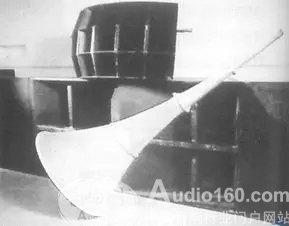
In the case of a horn equation capable of generating a spherical wave, starting from the position of the diaphragm of the unit sounding (usually called the horn of the horn), the cross-sectional area of ​​the horn will increase exponentially every time the unit distance is increased, the index The characteristic is that the rate of increase at the beginning is very slow, but the closer to the back, the faster the value increases, and finally almost straight up to infinity, which is the characteristic of the index.
Based on this, the cross-sectional area of ​​the horn increases exponentially for each unit length of the horn, so the horn shape usually seen is closer to the throat of the unit and is elongated and slowly unfolded, and the portion of the opening is It is as fast as the petal petals, so you don't think you are smart enough to add a horn to the unit. Without a rigorously calculated horn, the frequency response, diffusion waveform, and diffusion angle are difficult to achieve.

In this way, the arc of the horn expansion is undoubtedly calculated accurately, plus the bass horn that extends low enough is so large that it can't be placed at home, so from many media, the super horn players are not the horns. The back wall of the listening room came through the wall, like a nautilus or a bass-sized, rolled up the horn line. If the player with an over-sounding fever is unable to perform the "wall-to-wall technique" in the listening room, of course, only the entire horn with a length of more than two floors will be lifted from the third floor down to the listening room on the first floor.
Folding horn
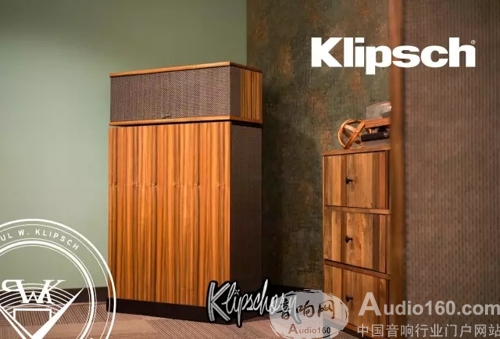
The great thing about Paul Klipsch is that since the opening of the horn is large enough to get a low enough bass, the length of the horn is not too short after the opening is large, and Paul Klipsch is unable to solve the problem. Brains. It is rumored that one day Paul Klipsch had a whim during the lunch break. Why not fold the horn up? Using sophisticated calculations and adjustments, the woofer is hidden in the innermost closed space of the speaker, and then a calculated passage is assembled using clever wood spacing, so that the horn opening area is reduced and the size is greatly reduced. Volume, the scientist began a series of calculations and experiments, and finally created the originator of the folding horn: Klipschorn (short for Klipsch and Horn).

At the time, Paul Klipsch's idea was this. He set the Klipschorn's low-frequency cut-off point at 35 Hz (-3 dB), but even if the box was folded like a large wooden cabinet, he designed the horn opening in the horn. On both sides, but Klipschorn does not have a side panel. For home use, it must be placed against three hard corners at right angles to treat the contacted wall as part of the horn. Since Paul Klipsch put the folding horn into practical use, many horn designers later introduced a lot of similar designs according to this concept, but most of the designs moved to the computational difficulty of design. The biggest problem they encountered was the wooden board. The compartment is a flat pipe, but the expansion of the horn is exponentially increased, so it is inevitable that some compromises will be encountered. The design of the folding horn has a deformation design, which is the later transmission line design. The same place is utilized. Extend the length of the sound channel to achieve the effect of extending the low frequency, except that the size of the opening and the cross-sectional area of ​​the pipe extension are not as rigorous as the horn speaker , so the acoustic characteristics are different.
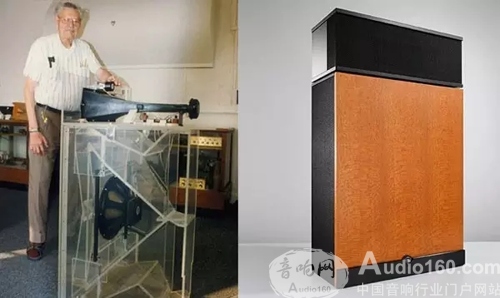
At the time, Paul Klipsch's idea was this. He set the Klipschorn's low-frequency cut-off point at 35 Hz (-3 dB), but even if the box was folded like a large wooden cabinet, he designed the horn opening in the horn. On both sides, but Klipschorn does not have a side panel. For home use, it must be placed against three hard corners at right angles to treat the contacted wall as part of the horn. Since Paul Klipsch put the folding horn into practical use, many horn designers later introduced a lot of similar designs according to this concept, but most of the designs moved to the computational difficulty of design. The biggest problem they encountered was the wooden board. The compartment is a flat pipe, but the expansion of the horn is exponentially increased, so it is inevitable that some compromises will be encountered. The design of the folding horn has a deformation design, which is the later transmission line design. The same place is utilized. Extend the length of the sound channel to achieve the effect of extending the low frequency, except that the size of the opening and the cross-sectional area of ​​the pipe extension are not as rigorous as the horn speaker , so the acoustic characteristics are different.
High-quality horn and woofer efficiency coordination
Most of the horn loudspeakers are limited in size, and the two-way design is used in the compromise. The middle and high notes are designed with pure horns, while the low-range is replaced by large-sized high-efficiency conventional units, because the high-pitched horn loudspeakers are very efficient. With an ultra-high sensitivity of 110dB, the woofer can't coordinate with the middle and high-pitched units. The solution is to deliberately lower the output of the treble through the crossover to balance the bass. There are three general practices in the design: one is to connect a low-impedance non-inductive resistor in series with the middle and high-pitched horns. By increasing the load impedance, the unit efficiency is reduced. However, the series resistors on the speaker unit are Not pure, because the impedance characteristics of the unit are the integrated impedance of the mechanical and electrical properties, the resistance on the string can only reduce the efficiency on one side, and the overall sound performance will be severely damaged by the performance of the resistor. Another more elegant method is to add a horn-specific step-down transformer to the high-pitched output part of the crossover, which also achieves the purpose of reducing the efficiency of the horn unit. The best practice is to use active electronic crossover, so that you don't have to add extra components to affect the sound quality, you can also adjust the crossover point, phase and sensitivity specifications by electronic crossover. The connection of the speaker unit is smoother and more natural, but the biggest disadvantage of this method is that it needs to match the sound path of the electronic sound distribution to match the corresponding number of power amplifiers.
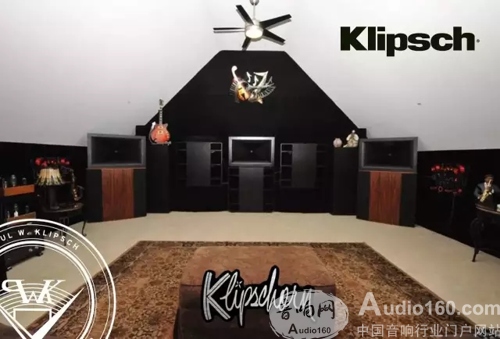
In the case of Klipschorn, it belongs to the full horn design of the three-tone road. The output of the treble and midrange units uses a special autotransformer to reduce the over-efficiency horn unit, so that the efficiency of the three units tends to be uniform, reaching full frequency. Sound pressure balance requirements. Due to the reasonable horn design, even if the efficiency of the mid-to-high sound is deliberately reduced, the overall sensitivity is still as high as 104dB. Therefore, the output power specification of the matched power amplifier is not high, and even the modern high-gain front-stage direct drive can be made small. The sound is gone. Klipschorn can withstand a continuous maximum power of 100W, so it can provide high-quality sound reproduction for public broadcasting purposes, which is the magic of the horn. Using two pairs of Klipschorn plugs in the four corners of the stadium, you can use it as a high-quality broadcast system!
KNL5-100 Residual Current Circuit Breaker
KNL5-100 Moulded Case Circuit Breaker is MCCB , How to select good Molded Case Circuit Breaker suppliers? Korlen electric is your first choice. All moulded Case Circuit Breakers pass the CE.CB.SEMKO.SIRIM etc. Certificates.
Moulded Case Circuit Breaker /MCCB can be used to distribute electric power and protect power equipment against overload and short-current, and can change the circuit and start motor infrequently. The application of Moulded Case Circuit Breaker /MCCB is industrial.
Korlen electric also provide Miniature Circuit Breaker /MCB. Residual Current Circuit Breaker /RCCB. RCBO. Led light and so on .
KNL5-100 Molded Case Circuit Breaker,KNL5-100 Small Size Molded Case Circuit Breaker,KNL5-100 Electrical Molded Case Circuit Breaker,KNL5-100 Automatic Molded Case Circuit Breaker
Wenzhou Korlen Electric Appliances Co., Ltd. , https://www.korlenelectric.com